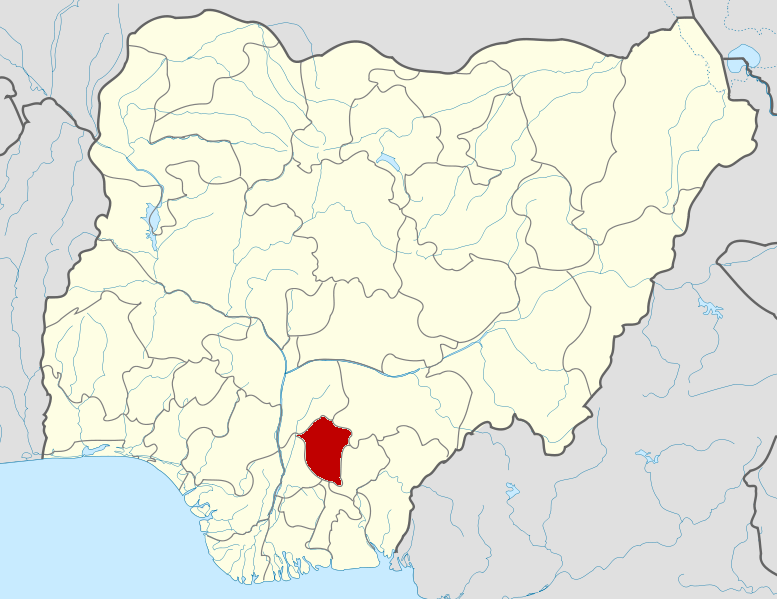France Heatwave Sparks Nuclear Power Cuts and Travel Alerts
As France and much of Europe sizzle under the first major heatwave of the year, travelers are being urged to prepare for disruptions, both in comfort and infrastructure. The intense heat is not only pushing thermometers past 40 °C (104 °F) in several regions but also threatening the country’s energy grid as nuclear power plants struggle to cool their reactors with rising river temperatures.
The double impact of extreme weather and strained electricity production is already making itself felt across the country—and for tourists planning summer getaways, it’s a heatwave that can’t be ignored.
This week, issued orange-level heat alerts in more than a dozen departments, particularly in the southeast and central regions. Temperatures reached 44 °C (111 °F) in parts of Occitanie and Provence, with nighttime lows hovering above 25 °C (77 °F)—an unusually high level that poses health risks even to otherwise healthy individuals.
Tourists in cities like Lyon, Marseille, and Paris are being advised to avoid outdoor activity during peak sunlight hours and to make use of shaded public areas or air-conditioned spaces. Several cities have opened emergency “cool rooms” for locals and visitors alike. Medical services have also seen a surge in calls related to heat exhaustion, dehydration, and respiratory distress.
France, which derives roughly 70% of its electricity from nuclear power, is facing a rare challenge: river water used to cool reactors is becoming too warm to use safely. On June 20, (Électricité de France) warned that its , located on the Rhône River near Lyon, may need to reduce its electricity output starting June 25, according to a Reuters article.
The problem lies in environmental safety limits. Once river temperatures rise above regulatory thresholds, using them to cool reactors risks further heating already stressed ecosystems. If conditions persist, other plants on the Rhône and Garonne rivers—such as Cruas and Saint-Alban—could also face output restrictions.
This potential reduction in nuclear power generation comes at a time of surging electricity demand, driven by air conditioning and cooling systems across households, businesses, and public transport systems.
While EDF is taking precautions to avoid widespread outages, localized power fluctuations or reductions in service may occur. Travelers should be especially alert in the Rhône valley, Provence-Alpes-Côte d’Azur, and inland southern regions. In the event of grid stress, priority will be given to hospitals and essential services, meaning hotels, train stations, and airports could experience brief disruptions.
A power outage struck the historic center of Paris on Monday, June 22, disrupting life in one of the city’s most iconic areas and renewing concerns about the resilience of its infrastructure during extreme heat.
France’s national railway operator, has also cautioned that extreme heat could affect high-speed train operations. In some areas, track speed reductions may be implemented to prevent heat-related track warping, leading to delays on popular tourist routes, including Paris to Avignon and Lyon to Marseille.
France isn’t alone in facing scorching conditions. Neighboring countries including Spain, Italy, and Germany are also experiencing abnormally high temperatures. In Rome, tourists are lining up at ancient fountains not only for a selfie photo, but to cool off. Meanwhile, in Spain’s Andalusia region, several cities surpassed 42 °C (107 °F), prompting safety advisories for travelers.
In Germany, officials have issued warnings for older travelers and children, while northern European countries like the Netherlands and the UK are seeing their own early summer spikes, stretching emergency services and prompting similar calls for caution.
Climate Patterns Behind the Heatwave
Meteorologists attribute the event to a persistent high-pressure system trapping hot air over the western half of Europe. This “heat dome” phenomenon is becoming more frequent and intense due to climate change, according to the European Centre for Medium-Range Weather Forecasts (ECMWF).
While occasional hot spells are typical for summer, what makes this wave unusual is its timing (early in the season), scale (affecting multiple countries), and severity (pushing river and infrastructure limits).
EDF has not yet confirmed whether output cuts at the Bugey station will extend beyond June 25, but all signs point to continued caution as long as river temperatures remain high. Tourists planning trips through mid-July should monitor local energy and weather advisories closely.
Travelers to France and other parts of Europe this summer can still enjoy their vacations—just with a bit more planning, flexibility, and awareness. As the continent adapts to more extreme weather events, knowing how to navigate heat, energy disruptions, and transportation delays is becoming part of the new travel reality.









